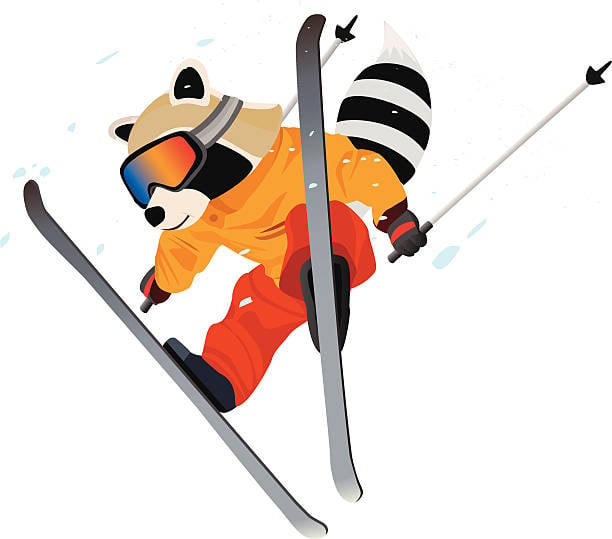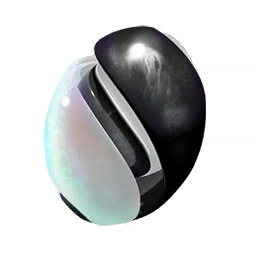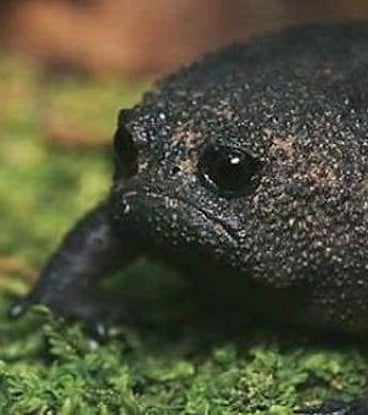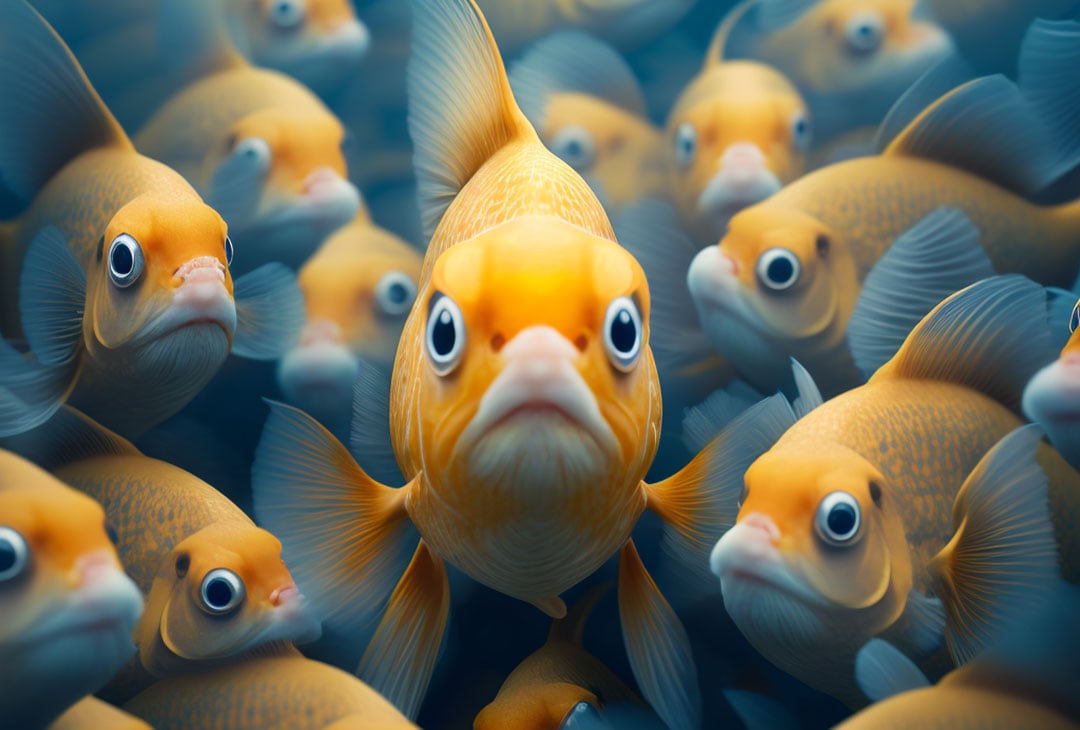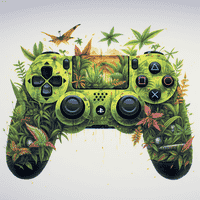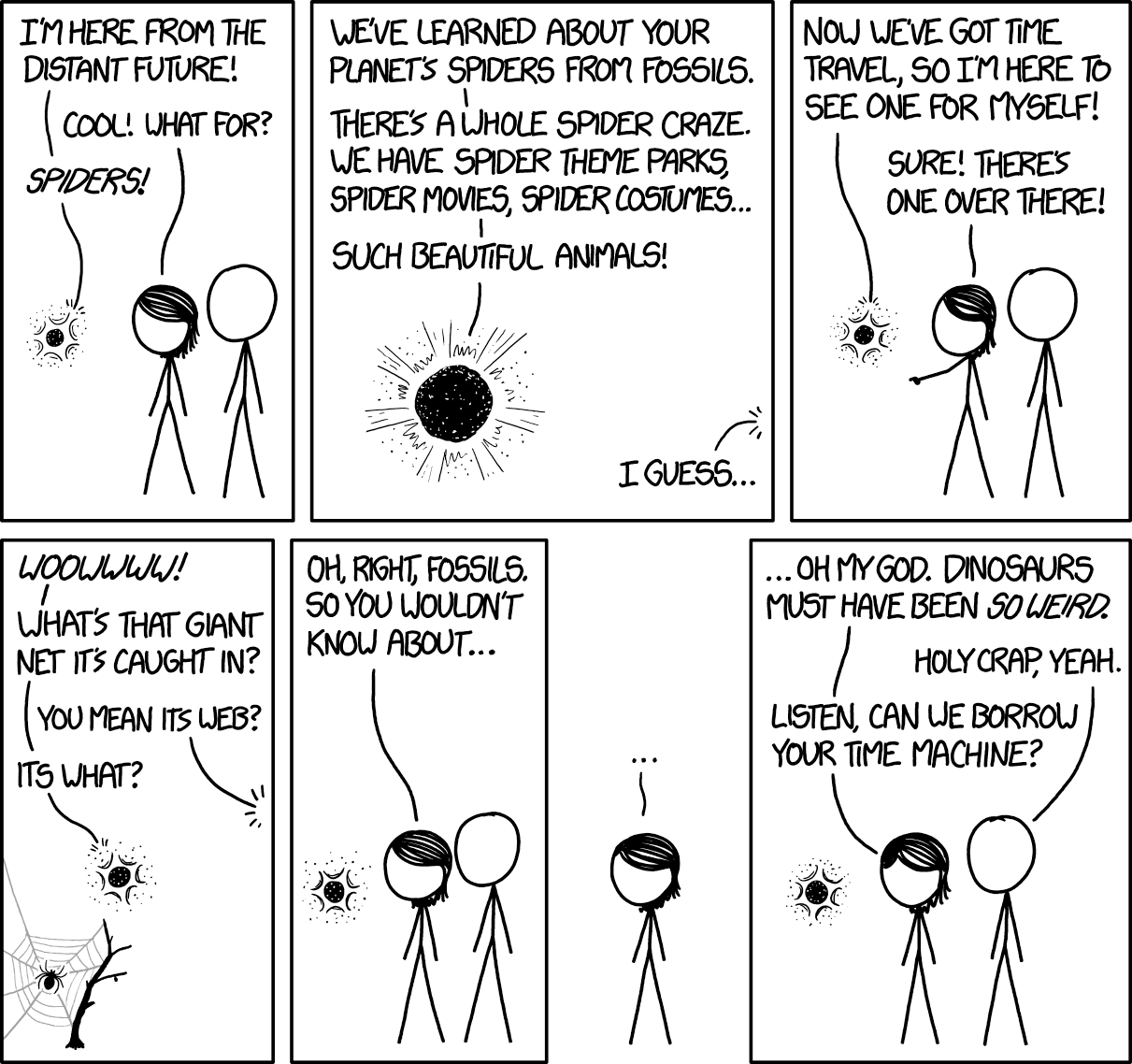This person assumes only bones are visible in fossils. When in reality even things without bones can end up fossilized.

But that is their bones. Dragonflies have exoskeletons.
I think their point is that a beaver’s tail would also show up if something as fragile as a dragon flies wings do.
If the composition matters here, it could be an incorrect assertion, though. Do we have a paleontologist up in here?
Soft tissues preserve poorly, which is obvious enough. Hair, if you’re incredibly lucky might show up, displaying the beaver paddle for whatever might be looking at the fossil, but otherwise, that tail can only be extrapolated to be fairly strong due to the numerous large connection points for muscle. There will be screaming matches between scientists to determine who is right about the beaver’s appearance if the fossil is hairless, and the being discovering it is even faintly human-like.
Exactly.
The… wings aren’t exoskeleton…
Yep they are - made out of the same stuff, and with veins throughout.
Huh, wow.
What are your wings made of?
Armor
No not around them but the wings themselves?
Armor
Nature is metal
Maybe Google a diagram?
It happens, but it’s incredibly rare. There’s a wikipedia article of all known examples of soft tissue dinosaur fossils and it’s not a long one: https://en.m.wikipedia.org/wiki/List_of_dinosaur_specimens_with_preserved_soft_tissue
While I agree with this meme, I would still like to present the following counterargument:
What year was this computer mouse built?!
150 million BC
Still works. Why upgrade?
It sometimes slides off the table on its own, got kinda annoying after a couple falls
It’s the original one-button mouse, built for the Apple Elise in 1810.
Ah yes, the roaring 1810’s. Cradel of computing! I prefer the Samsung Planet One to that design. It was made a year later in 1811.
The bottom half of that Droideka must be buried in the sand
Imagine if these things were actually chubby lil guys with lots of soft fatty parts and cartilage but this is just what’s left of them
You’re looking at a photo of a horseshoe crab. Still very much alive and complete.
Yeah but like, what if their ancestors were different and they just evolved it all away?
They’re arthropods, so in terms of the appearance in the fossil record, it’s pretty much what they are completely. Idk how far you wanna go in terms of evolutionary ancestry, but they’ve conserved most of their featured for a quite a long time: https://www.frontiersin.org/articles/10.3389/feart.2020.00098/full
Considering they’re still alive…
I wanted to say, it would look like a Pokémon, but then I remembered that these things already are a Pokémon…
You might still be able to guess something from the way the mussels are connected or from mud or stone imprints if you’re lucky.
The only way we’ll 100% know what dinosaurs looked like, is if we start cloning some of em.
Everything else is just best educated guess.
I read somewhere that the oxygen concentration was much higher back then to a point where dinosaurs would not be viable in today’s atmosphere. They would have to stay in air tight enclosures. In a way that makes me feel safer about bringing them back. OH NO THE RAPTORS ESCAPED…. aaaand they suffocated. They’re dead now.
Dinosaurs should still be fine. The oxygen concentration really applied to animals with passive breathing systems like insects. Insects don’t actually breathe, they sort of just let the air directly oxygenate their blood. They can’t regulate breathing faster when they need more oxygen.
Dinosaurs have forced breathing through lungs. The blue whale is the largest animal to have ever lived including even the most massive dinosaurs, and blue whales still breathe air.
There’s not much difference between a velociraptor and a modern bird of prey either, other than the teeth.
They do need extra oxygen to do anything, though. They might be able to walk around, but they’ll tire quickly if they have to do any exertion.
Whales don’t have to run on land, and the biggest ones have no predators besides humans.
No that’s absolutely false too. Atmospheric oxygen was lower during the Jurassic and Cretaceous than it is today.
It peaked during the Carboniferous period, and then started declining in the Triassic and bottomed out right around the Triassic-Jurassic extinction event 200MYA, then rapidly increased again. Dinosaurs became the dominant terrestrial species after this, and all of the huge dinosaurs lived during the Jurassic and Cretaceous.
https://www.sciencedaily.com/releases/2013/11/131118081043.htm
Studies of air bubbles trapped in amber revealed atmospheric oxygen levels of 10-15% during the time the largest dinosaurs existed. We have 21% today.
Great, so they’d hyperventilate and keep getting dizzy. A bunch of hyper oxygenated, dizzy velociraptors. What could go wrong.
That’s very likely true for insects and other creatures that don’t actually have lungs, and dubiously true for things with lungs. It certainly may have influenced their size to some extent but scientists far smarter than me have no reason to suspect they wouldn’t be able to breathe today.
You’re thinking of the carboniferous period, which was 50 million years before the start of the triassic period, and 250 million years before the end of the cretaceous period. Here’s the timeline:
Trees be chilling and making oxygen and turning into coal
Bugs show up and use the rich oxygen to grow huge
Amphibians come onto land and say what’s up
Bugs and amphibians use up the rich oxygen and start eating the plants
Dinosaurs evolve from amphibians AFTER the oxygen level has dropped
Dinosaurs spend the next 200 million years being the dominant land animals until the asteroid shows up
Mammals kick ass because they can deal with the cold better than those cold blooded reptiles
Very smart mammals invent petroleum and plastic and warm the globe up until there’s a mass extinction event and the decimation of mammal life
Dinosaurs evolve again because it’s nice and warm again
Let’s get to cloning
… I just did a Jurassic Park/world binge. Let’s not.
Even though you saw the movies again and not me, just thinking about those movies makes me more excited for cloning dinosaurs.
I honestly wonder why we haven’t at this point cloned more extinct animals yet.
I looked into it, apparently we are not good enough at it yet.
Yeah I thought for sure that we’d have mammoths back by now
Just put em on some island. Just don’t clone flying monsters or swimming monsters
I’d love to, but the half-life of environmental DNA is too short to fully reconstruct their genomes with our current technology. The most promising route would probably be to tinker with the genomes of extant crocodiles and birds to come up with a “close guess” of what dinosaur genomes may have looked like.
You’d love to? Are you a cloner?
Guys, this dinosaur is giving me a raging cloner
Haha, probably not me personally, as I have neither the facilities nor the expertise. I should have said “I’d love us to”, referring to humanity in general. Dinosaurs will be close to impossible to clone. Woolly Mammoths should be theoretically possible, but still very difficult. Some easier (though less charismatic) targets would be something like the Christmas Island rat or the Gastric Brooding Frog.
There are so many tar pits. Let’s get to dredging(humanity, not me).
Depends on how deep your…pocketbook is
Clever girl
I saw a documentary where they did that. Didn’t work out very well for Newman 🤷
Owner spared every expense despite what he said to the contrary. So, just like most business owners IRL.
Absolutely.

Deviljho??
Dang, I’ve apparently never seen a bison skeleton

Clearly, this is the t-rex’s true form.
Did you draw this? It’s super cute!
Can’t take any credit, it was the product of Bing ai image generator. I just gave it some text to chew on and it spit out this beaut.
Actually, I just realized that it’s drawn in a style that reminds me of Scott Johnson’s (of Frogpants Studio and all his podcasts) art work. You might like some of his stuff.
Thank you, I’ll check it out
aww yeah chunky fluffy t-rex please!
To be fair, things are kind of changing. Since no one posted it, here is a Kurzgesagt video that explores how they would look like.
I also like to imagine T-Rexes as cuddly creatures.
I want tar pits dredged and dinosaurs cloned stat.
